More Localization Lunacy With David Casipit On Mr. Osomatsu’s Wilder Second Season

Mr. Osomatsu is one of the gaggiest gag anime series that’s ever gagged. On its surface level, it’s a meditation on the lazy, aimless actions of the Matsuno sextuplets and the strangers that are within their orbit. However, every episode of Mr. Osomatsu is a radical experiment in storytelling, genre, and meta comedy. It is truly one of the funniest anime of the decade with a dense amount of humor it launches at the audience. Accordingly, Mr. Osomatsu is exactly the type of anime that’s destined to remain un-dubbed or the dub that does happen is a total failure in tone and capturing the energy of the original. Against all odds, Mr. Osomatsu is the extremely rare exception where the English dub understands its source material so well that it’s actually able to improve upon the original in a way that would make Mr. Osomatsu proud.
Season two of the anime reaches greater heights in storytelling, achieves a higher level of confidence, and administers more meta craziness that makes it a must-buy for anime fans and a staggering accomplishment as far as English anime dubs are concerned. David Casipit is VIZ’s localization manager and he’s responsible for the English dubs of some of their biggest programs, like One-Punch Man. Mr. Osomatsu is a true localization behemoth, but Casipit’s passionate interpretation of the anime represents some of his very best work. The series’ second season is full of even more challenging cultural hurdles to localize, but Casipit breaks down the delicate process, the different obstacles faced in the season two, and the growing voice that the English dub of Mr. Osomatsu has been able to build.
Daniel Kurland: The news regarding Viz’s initial acquisition of Mr. Osomatsu announced seasons one and two together. Were both seasons recorded back-to-back, or was there a break between them?
David Casipit: They were recorded pretty much back-to-back—if we took a break, it was only a small one to work out some logistics. Since we had momentum at that point, it made the most sense to produce the localized versions as close as possible. However, our release teams have different priorities and bandwidth, so the releases didn’t come so closely.
Daniel Kurland: Mr. Osomatsu is certainly one of the weirder and more ambitious anime series that are out there. What would you say were the biggest lessons learned from dubbing season one that were able to help season two’s production?
David Casipit: I was really, really happy with how S1 turned out. So, one lesson I took away was to continue being ambitious about the localization direction, which I would define as a search for the best balance of sticking to the spirit of the Japanese while taking liberties to make the comedy accessible and natural. I didn’t want to get bogged down and sweat small stuff; Mr. Osomatsu isn’t the type of show that needs 100% consistency within a long storyline, so that’s not where I wanted to put our energy, you know? I’d rather be thinking of novel nicknames for the brothers to call each other, like “nut wrinkle.”
Daniel Kurland: Were you able to take stock of the audience’s response to season one and did that make a difference at all on how season two was approached?
David Casipit: No I wasn’t—we were either well into season two production or close to finishing it by the time people saw the first season’s dub. But when I showed the dub to internal people everyone either loved it or they were utterly appalled, so I knew I was on the right track.
Daniel Kurland: Such exceptional work was done on season one’s dub, but did the production feel like they had a better grasp on the series with this new season and were greater risks taken at all with any dub changes?
David Casipit: We brought in some new ADR writers and I think they each brought in new flavors. One of them, Mark Ryan, also works in music, so I had him and the staff at Studiopolis (our wonderful dub studio partner on Mr. Osomatsu) adapt the major songs. They turned out pretty glorious!
Daniel Kurland: Talk a little about your approach to season two’s first episode, which shares a lot in common with the “banned” premiere from season one. Was it more difficult to tackle an episode that’s this over the top?
David Casipit: Hahah, not really! After making it through season one, “over the top” had lost all meaning for the entire production team. I did really enjoy the breaking of the fourth wall, in that the characters in the show also benefited from its unexpected “success.” In essence, they were playing themselves the whole time, and the natural extension of that being that they’d become ever bigger d-bags. It was great writing on Japan’s side.
Daniel Kurland: Were there any other episodes that were especially challenging to translate, as well as any dub changes that you’re particularly proud of?
David Casipit: Episode 32 has a long segment about Romance of the Three Kingdoms, which is a historical novel from China, written in the 1300s. Though it’s Chinese history, the novel is hugely popular in Japan and everyone knows the references, the same way we in the west might be familiar with Greek or Norse myths. It’s part of the culture, even if it didn’t originate within the culture.
But without that foundation for our English-speaking audience, it would have been good to adapt a little—the problem is that the whole skit revolves around RTK—it’s not something you can write around without completely mangling things. So in the end we just had to say, “here’s what we can do, but if you want to enjoy this on a deeper level, read the novel!”
As for what I’m proud of, hard to choose from, but the Jyushimatsu dolphin song is pure, straight up heaven! I shouldn’t be too proud, because the adaptation was handled by ADR writer Mark Ryan and our second director, Ryan Johnson, who also does music. Combined with Michael Sinterniklaas’s performance, all I had to do was sit back and be amazed at all these brilliant guys’ work.
Daniel Kurland: It’s since come out that Patrick Seitz originally wrote and directed the first season, including the “banned” first episode, before Christopher Bevins took over. Is there any chance that that version of the first episode could circulate at some point?
David Casipit: VIZ Media never obtained the rights to the “banned” episode.
I must say that we loved Patrick working on the show but due to conflict with his other commitments we had to bring in Chris (who came recommended by Patrick) pretty early in production, and Chris wrote the ADR and directed it for almost the entirety of the first season. So much of what the audience sees in season one is his baby!
Daniel Kurland: Did Christopher Bevins continue his work on season two, or was it handled by someone else?
David Casipit: The show would not at all be the same without Bevins. His DNA is in just about every part. (yuck.) After writing, directing, setting up the characterization, etc., even the sections he didn’t work on he was still influencing.
So yes, for season two, I issued orders to have Chris’s ass chained to a rowing bench on our little Osomatsu slave galley and told he either gets us where we’re going or he dies trying. He was kept alive to serve this ship. However, as I mentioned before, we did bring on a few more writers to lighten his load and allow him to focus on directing.
Daniel Kurland: The trailer and marketing for the second season is so well done and it perfectly understands the anime’s voice. Talk a little on putting together these promotional elements and figuring out the proper tone and approach for them.
David Casipit: I think our Sr. Marketing Manager, Musashi Okada, better field this one.
Musashi Okada: We are glad you like it! Mr. Osomatsu is a hilarious, quirky show and we went back and forth between multiple iterations of the trailer to make sure we got it right. Our video editor is also a huge Mr. Osomatsu fan, so it’s safe to say we had a lot of fun working on it!
Daniel Kurland: This season features appearances to niche Japanese celebrities, like MC Shoei. How were elements like that approached this season?
David Casipit: There were plenty of places where we’re like, “Hmmm, tough to write around that!” I think we handled those appearances well-enough; we didn’t make them into something they weren’t, but relied somewhat on the tone of sheer absurdity to make it through. I think if a viewer knows those niche celebs, it works great, and if not, you still get a kick. It’s not like you’ll be left confused—that’s what I wanted to avoid at all costs.
Daniel Kurland: Were there any concerns over some of the cultural customs that come up in this season, like the sextuplets’ approach to Valentine’s Day and the “White Day” custom where males receive chocolates from girls? How were these elements negotiated?
David Casipit: Same deal as the last question—we might insert something here or there to help provide some context, but as long as the viewer can get the gist of what’s going on and enjoy the comedy, I wasn’t too concerned. The show is set in Japan, after all, and I think a lot of hardcore fans like to see cultural elements kept in.
In some places, finding the balance meant that those hardcore fans who are curious could research things like White Day, then enjoy the skit with more context to get a richer appreciation. But for anyone who is there to just sit back and laugh after a hard day, you’ll be taken care of too!
Daniel Kurland: One of my favorite episodes from this season is the “Dubbingmatsu” segment that breaks the fourth wall more than usual and focuses on the actual Osomatsu voice actors as they dub an episode. Did you approach this any differently or attempt to have the personalities of the dub cast better come through here?
David Casipit: That would have been an interesting angle! But to me that skit worked well with the boys (I mean, the actual voice actors) performing like entitled, eccentric, and obnoxious people. That sets up the final punchline of the skit well. You do get to hear Michael’s (Jyushimatsu) real voice a bit though when he’s out-of-character.
Daniel Kurland: The “Sanematsu” segments are such a delight. Talk a little on their construction and working to establish a different energy with them than within the regular series, since the jarring disconnect is part of their appeal.
David Casipit: I think Michael Sinterniklaas’ range really shines here. He voiced Sanematsu, who is this sad-sack, almost Prufrock-esque character whose reality you as the viewer are somewhat unsure of.
The other VA’s performances supported the dreamy, surreal vibe too—a cheerfulness that’s not quite fully there; an air of knowing what’s going on when the audience doesn’t. When Osomatsu finally has to have “the talk” with Sanematsu in Ep. 39, Billy Kametz’s performance is so tender and understanding, you immediately forget that he was the guy who couldn’t hold back gleefully blurting out “Boobies!” to the girls he was eating dinner with just a couple episodes prior.
And that’s part of what makes Mr. Osomatsu a singular show—there are laughs and low-brow humor and craziness, then it walks up, punches you in the gut and asks “how’d you like to feel sympathy, loss, and the transience of life for a moment?”
Daniel Kurland: “Iyami, Alone in the Wind” is regularly singled out as one of the series’ very best episodes and an extreme emotional change of pace for the show. Were you aware of the reverence associated with this episode and was its recording handled any differently?
David Casipit: I never want to get too caught up in fan expectations—I like to do my research and understand them, but if I tried to produce what people expect, I think I would disappoint both them and myself. So no, I had no idea people revere it.
I only know that I revere it! I’m going to go Japan-nerd on you here. The whole thing is so Showa from Japan’s golden age of cinema. The setting, themes, music—it’s both a send-up and a loving homage to the films of directors like Yasujiro Ozu, where there’s a lot going on under the hood. You feel for the characters, even for the tragedy of how stoic they must be.
As an aside, I never liked Ozu’s films when I studied them in college—I only got them after I went to Japan and lived and worked there for many years. Then I started getting why he was a genius. The subtext of a conversation, the emotional control that must be exhibited as part of everyday life, the empathy required to really understand people’s subtleties in communication—those were things I had to experience firsthand before I could understand what was happening on screen in an Ozu film.
Did we get “Iyami, Alone in the Wind” right? I hope so. The audience will decide.
Daniel Kurland: This season also introduces a number of new supporting characters, like Jyushimatsu’s young friend, Eitarou, space pirate Shazarr, and the Dayon doppelganger, Kimura. Were any of these characters difficult to tackle?
David Casipit: My apologies, this is probably a question for the directors and actors; I didn’t give any special instructions—I just enjoyed the results when I reviewed the mixes. I will say that because we set up the production as an ensemble show with a fairly small cast of actors, it’s always fun to try and guess who voiced whom!
Daniel Kurland: The special features on these Blu-Ray sets are great, but has there been any thought put into other extras like audio commentaries, an episode of the original Osomatsu-kun series, or anything else? Would you like to be able to indulge deeper in these areas?
David Casipit: We always want to give people great value on the Blu-Rays via our extras. Audio commentary would have been super fun, but in the end, we’re the localization team and can’t forget to give props to the people in Japan who create the anime itself. I would love to hear their commentary on production, personally! But people are busy, and business vicissitudes necessarily mean we can’t have everything we want, but I’m glad to say the season two Blu-Ray set, like season one’s, comes with six exclusive animated shorts that are just good ole goofball fun.
Daniel Kurland: The popularity of Mr. Osomatsu only grows greater and there’s never been a larger audience for it. Have there been efforts to get the show streaming anywhere, whether on Adult Swim or any of the anime streaming services? Is there anything that fans could do to help in this department?
David Casipit: Fans spreading the word on social media is a very good start. Companies are listening to everyone’s conversation now–increasing the number of people sharing clips, commenting and talking positively about Mr. Osomatsu can only help! Also, hitting up platforms directly and telling them what you want is great too.
But I am very happy to say that we are definitely shopping the title around and both subbed and dubbed versions are going to be available to the public on new partners’ platforms within the next few months!
Daniel Kurland: There’s a Mr. Osomatsu movie that takes place between seasons two and three. Is that something that’s been considered for dubbing, or even with some kind of limited theatrical release like with what Fathom Event does with anime?
David Casipit: At this time VIZ Media only has the rights to seasons one and two, unfortunately, so we’ll have to see what the future holds.
Daniel Kurland: If not, is the movie something that you’d like to get to tackle if given the opportunity?
David Casipit: Part of being a good producer is getting the right team in place and setting them up for success. With the cast, director, studio and writers I have on board now, I’m pretty sure it would be pure fun to do the movie!
Daniel Kurland: After the success of seasons one and two of Mr. Osomatsu, are there plans to eventually tackle a dub of season three as well?
David Casipit: We’ll have to wait and see what the future holds.
Daniel Kurland: Lastly, what would you tell someone who didn’t watch the first season of Mr. Osomatsu to help push them to check out what’s going on in season two?
David Casipit: Two words: Jyushi. Dolphin.
Both seasons one and two of ‘Mr. Osomatsu’ are available on Blu-Ray and digitally through VIZ Media



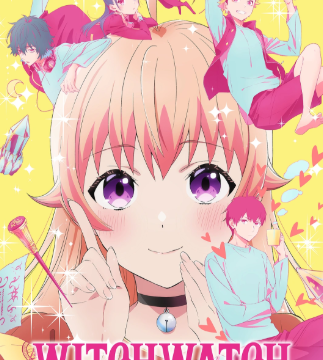
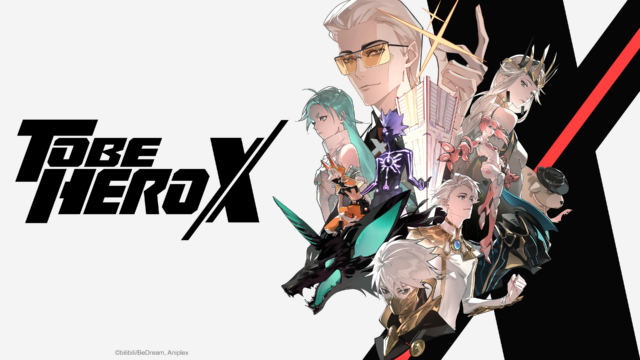
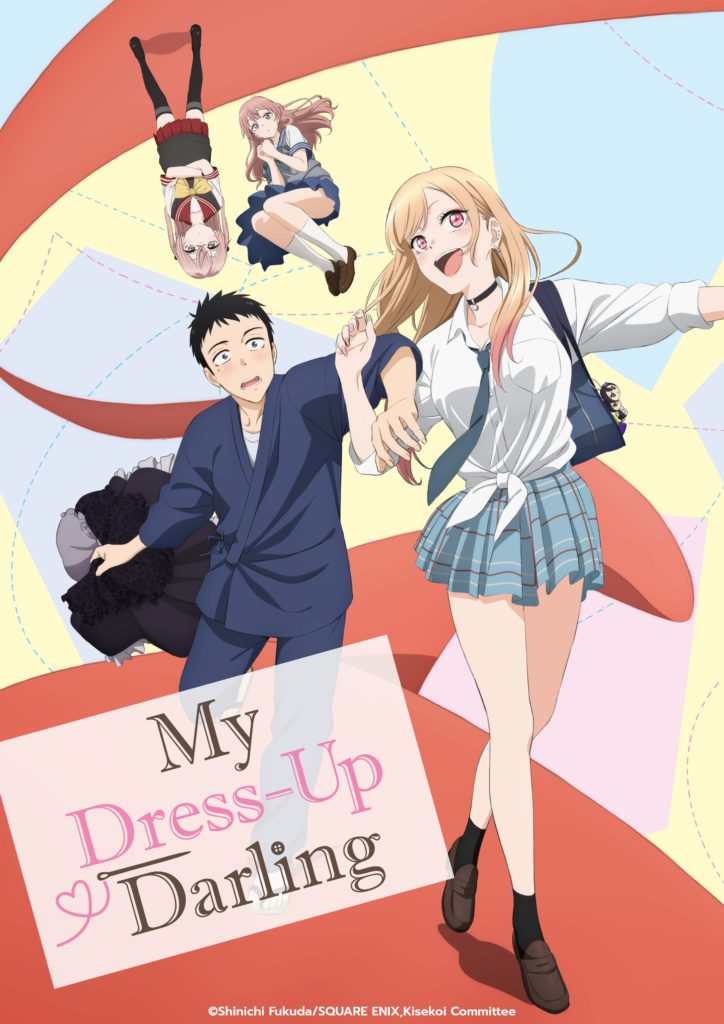
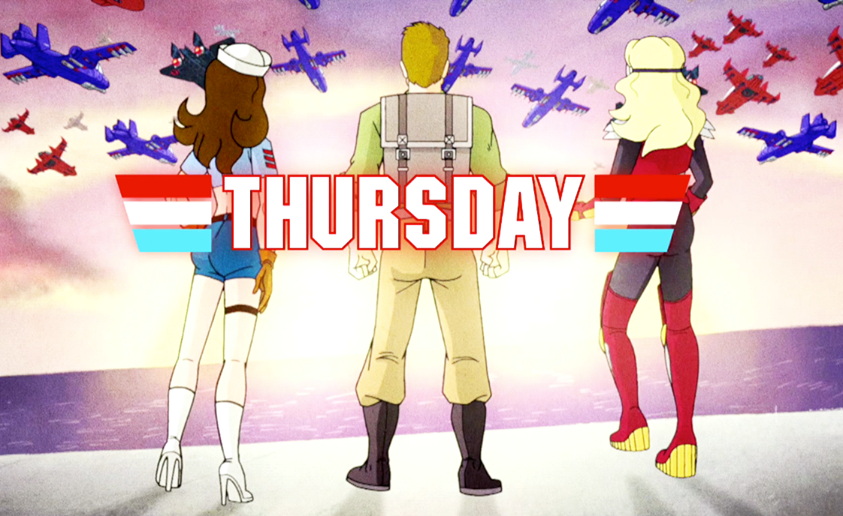








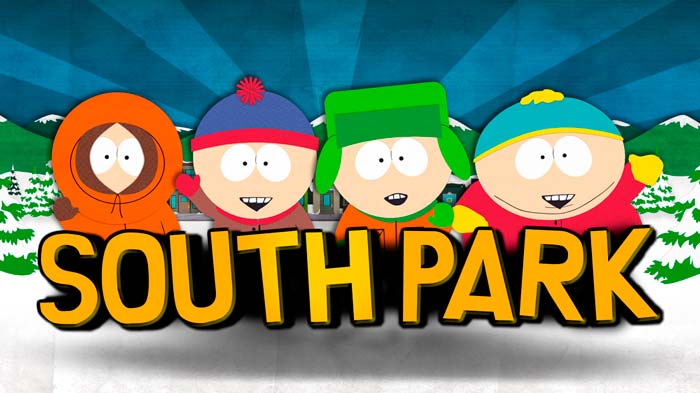


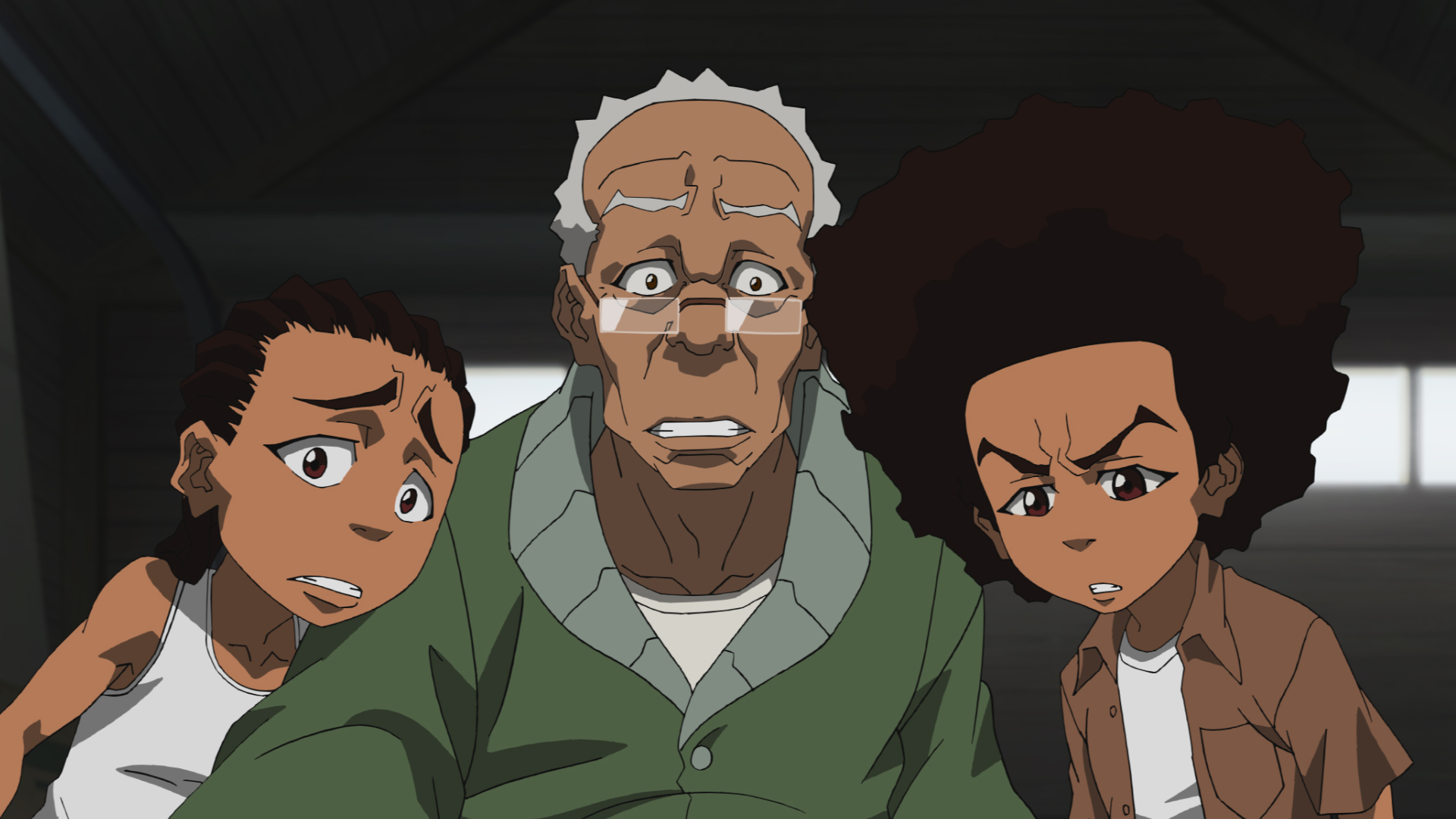

"There are also other characters that come and go (also owned by the Warner Bros. Discovery conglomerate media company)."
Huh. Is that just referring to other characters from the show itself, or is this implying that the new season is going to have cameos from other WBD IPs